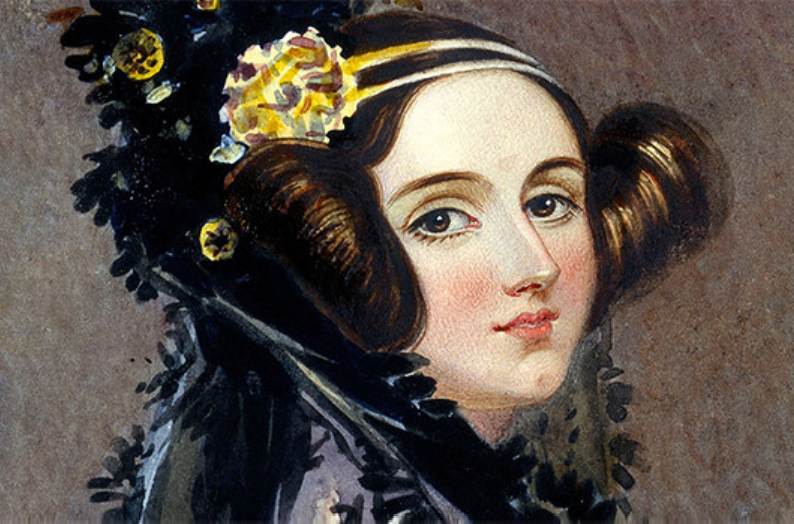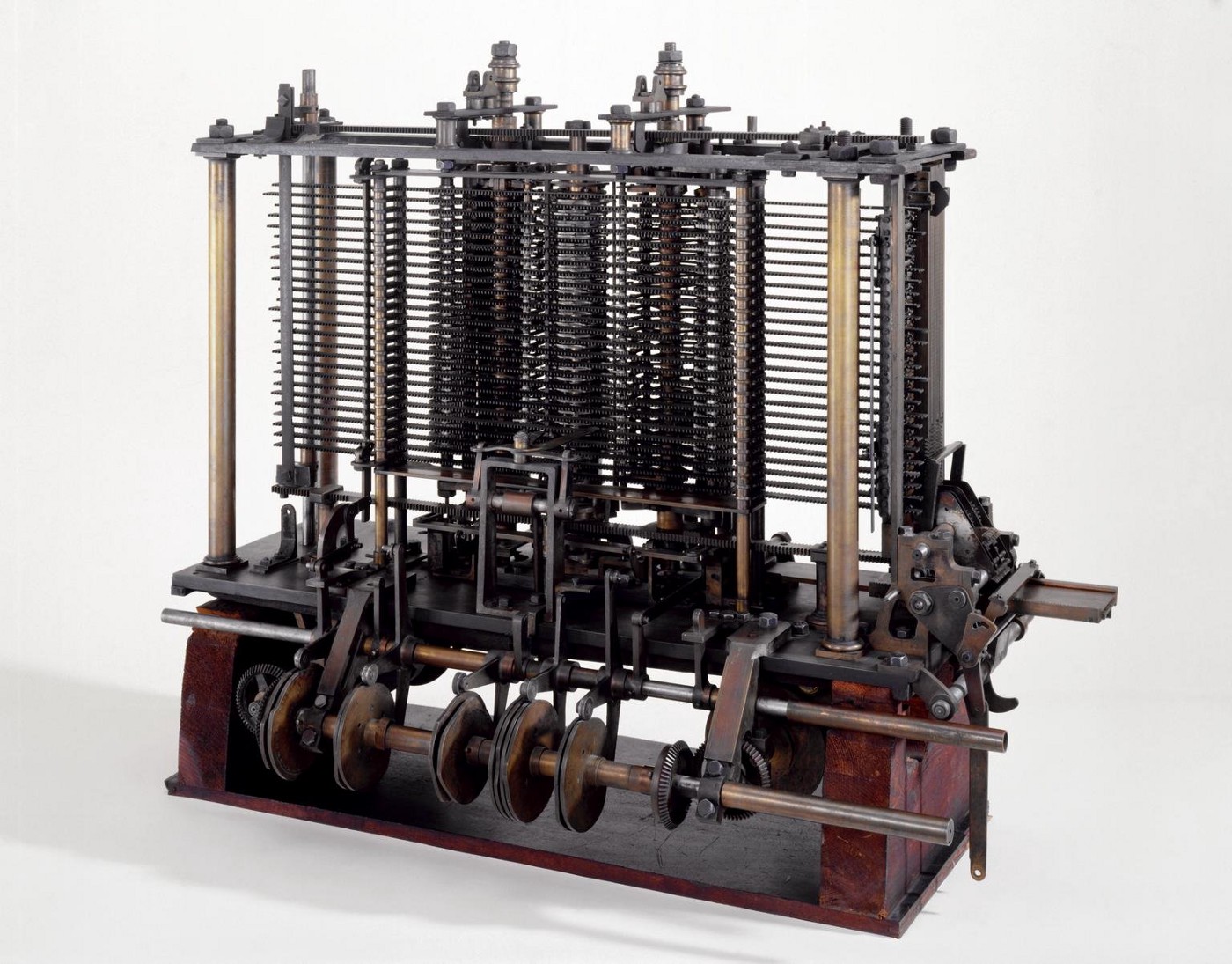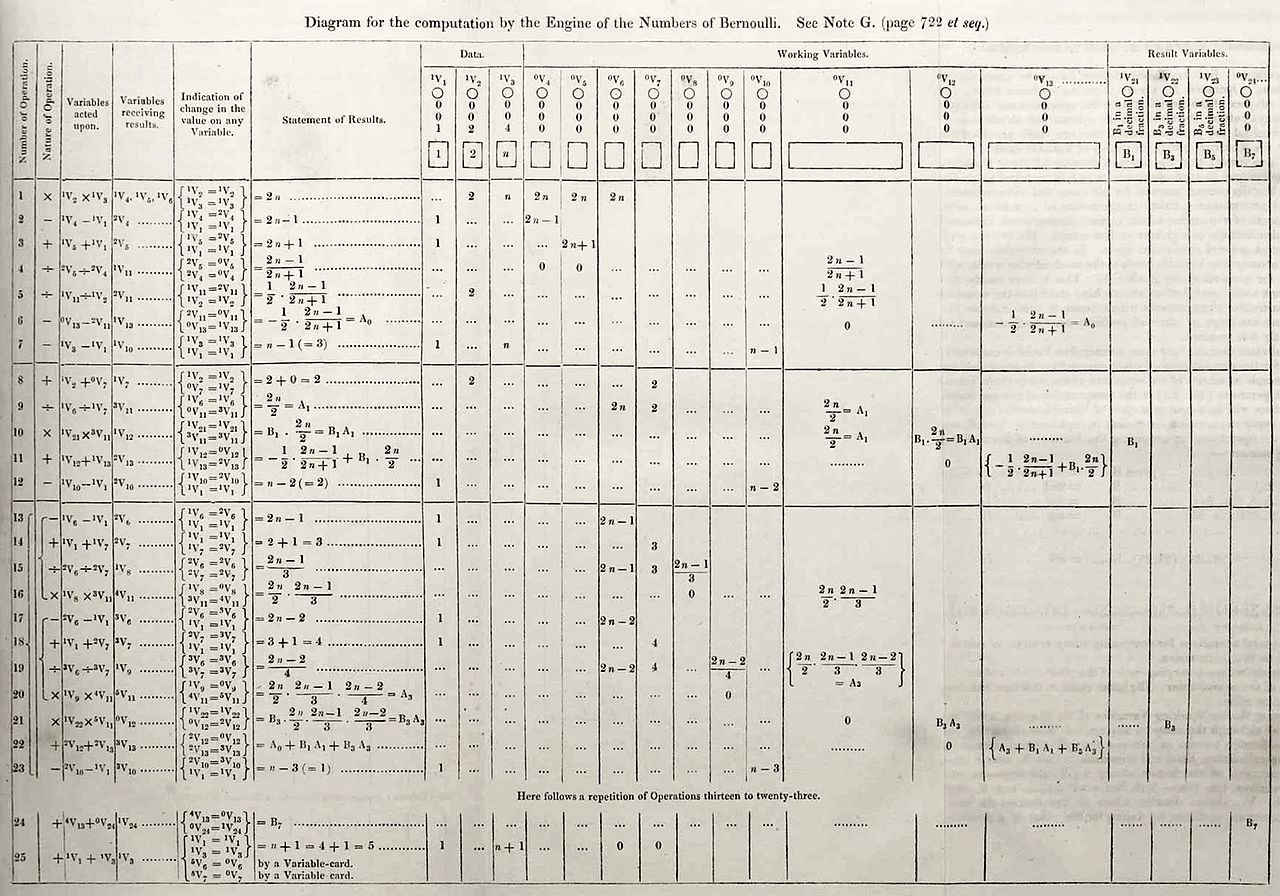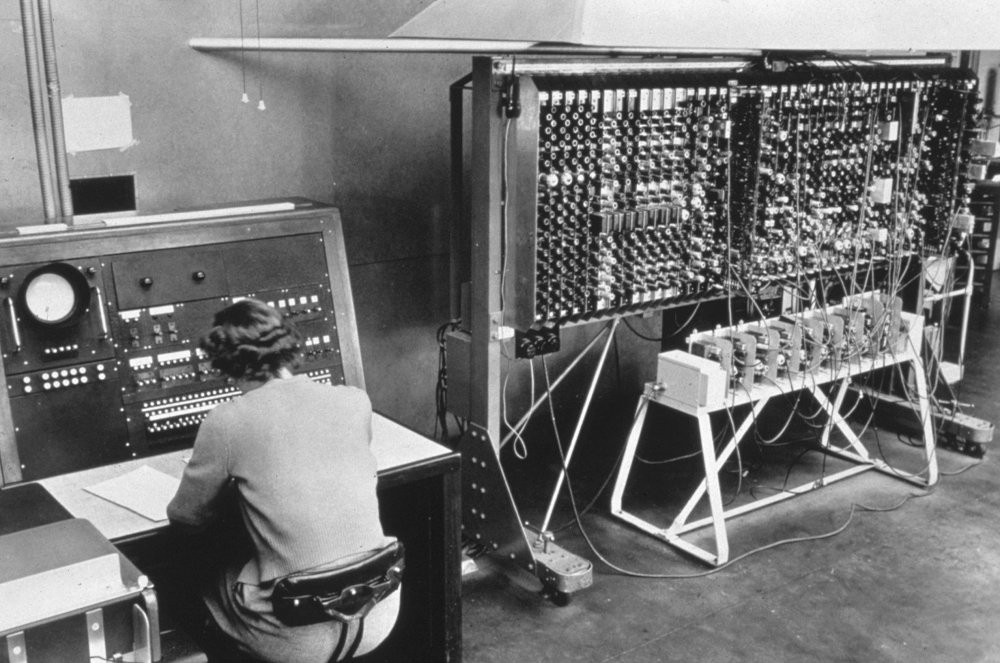Cardano will be an eternal memory of Countess Ada Lovelace. She was an English mathematician, gambler, writer, and mother of three children. She is known for being the first person in the world to recognize that computers could be used for more than just calculations. Let’s explore who Ada Lovelace was.

It was December 10, 1815, and Lord Byron was expecting the birth of the desired boy. He was disappointed when Lady Byron gave birth to a girl. The child was named after Byron’s half-sister, Augusta Leigh, and was called Ada by Byron himself.
Less than a year after her birth, her father decided to divorce. He was disturbed by the fact that the mother, Anne Isabella Noel Byron, 11th Baroness Wentworth, and Baroness Byron, had not brought a son into the world. Ada had never seen her father again since he died in 1824 when she was eight years old. Her mother remained the only parent figure in her life. Until she was twenty, she was forbidden to look at any portrait of her father. Ada has often been ill since her early childhood. At the age of eight, she suffered from migraines. In June 1829 she was paralyzed after suffering measles. She was then forced to rest in bed for almost a year, which probably delayed her recovery. By 1831 she was able to move on crutches.
Despite frequent illnesses, she developed her mathematical and technical skills. At the age of twelve, she decided she wanted to fly. She proceeded reasonably and methodically, with imagination and passion. The first step, in February 1828, was the production of wings. She considered different sizes and materials for making wings, such as paper, oil-filled silk, wires, and feathers. She studied the anatomy of birds to estimate the correct proportions of wings and body. The last step would be to integrate steam as propulsion for flying.
In adulthood, she recognized Mary Somerville of the Royal Astronomical Society, which she considered to be her role model, especially because she was also a mathematician. Somerville also introduced her to the company of Charles Babbage, whom she met in 1833. Since then, both have been intensely correspondent. Lovelace also met other prominent personalities of the time, such as Andrew Crosse, Sir David Brewster, Charles Wheatstone, Charles Dickens, and Michael Faraday. Around 1834 she was often seen at the court and began to attend social events. She often danced and charmed with her charm. Most people described her as a sweet girl.
She studied mathematics at the University of London. She interrupted her studies only for the wedding and for her family. She married Baron William King on July 8, 1835, and herself became a Baroness. She was the mother of three children: Byron, Anne Isabelly, and Ralph Gordon.
A fateful meeting with the father of computers
On June 5, 1833, she went to a party at the house of 41-year-old Charles Babbage considered by many to be a father of the modern computer system. Ada had obviously bewitched the host by her mathematical skills. Charles invited her and her mother to visit the presentation of his newly constructed analytical engine. It was 2 feet tall hand-cranked machine with 2,000 brass pieces. His analytical engine was created to become a general-purpose, programmable, steam-powered computing machine that incorporated arithmetic logic, conditional branching, and loops. It had integrated memory and would have used punch-cards and a printer to input and output data. Ada recognized the potential and admired the design. The analytical engine could be considered as a first mechanical computer.

The presentation of the analytic engine was the beginning of a long-term working and friendly relationship between Ada Lovelace and Charles Babbage. Babbage asked Ada to describe in detail the operation of his mechanical computer. Ada also supported the development of the computer financially. Among her notes on the analytical machine was the Bernoulli number algorithm, which is considered to be the first computer-readable algorithm. Ada is recognized as the first programmer in history.
Between 1842 and 1843, she translated an article by Italian military analyst Luigi Menabre about this machine and supplemented it with extensive notes, which include, among other things, the first known computer program — an algorithm designed to be executed by the machine. In addition to her contribution to the early history of computers, she also commented on visions about advanced computer skills: composing music, drawing pictures, and using technology to work together for individuals and society.

The analytical engine was not just a complicated calculator that could easily manipulate numbers. The engine could represent numbers as symbols or other abstract items, and could theoretically calculate whatever the programmer wanted. This is the heart of the classical calculation theory. Ada wrote:
“We might even invent laws for series or formulæ in an arbitrary manner, and set the engine to work upon them, and thus deduce numerical results which we might not otherwise have thought of obtaining.”
Ada died before she got a chance to test all hypotheses and verify that the analytical engine could do all that she expected. After that, Babbage lost focus and also funding. The development was very expensive and he was not able to find a new source of finance. That is why the engine was never completed. Luckily, as you can see around you, it was not the end.
Death
In 1851, she and a number of her friends decided to develop an algorithm to predict the results of betting. Charles Babbage’s original work, like her, has already lost the credit she had in previous years. Both were heavily indebted and hoped that by revealing the revolutionary mechanism for calculating the success of betting, they could repay the debts. The whole event, however, attracted the attention of criminal circles, and Ada had to attribute all of her work to her husband to avoid threats.
Ada Lovelace died at the age of 36 on November 27, 1852, after her doctor released her vein due to complications of uterine cancer. She died at the same age at which her father had died. She left behind two sons and one daughter. At her request, she was buried next to her father in the Church of St. Mary Magdalene in Nottingham.
If you like the story, watch the BBC documentary about Ada Lovelace:
https://www.youtube.com/watch?v=QgUVrzkQgds&t=1185s
Computer rebirth
Ada Lovelace has been attributed to inspiring mathematician Alan Turing’s work on the first modern-day computers. Alan Turing (23 June 1912–7 June 1954) wrote a seminal mathematics paper, ‘On Computable Numbers, with an Application to the Entscheidungsproblem’ in 1936 and it was a theoretical basis for today’s computers. After a few years, computers started to be built and around the year 1950, they were becoming common in large institutions, companies, and universities. The first generation of computers was so big that they filled entire rooms. By the 1980s, desktop computers had started to become commonplace and nowadays nearly everyone in the world has some.

Alan Turing created a machine that can take a program, run it, and show a result. Later on, he had to create different machines for different programs. So he created a “Universal Turing Machine” that can take any program and run it. You can often hear the term Turing-complete. The term is related to computer theory and describes an abstract machine. Programming languages are similar to those machines. A programing language is called Turing-complete, if that it can run any program that a Turing machine can run given enough time and memory. In simple words, a Turing complete language is one that can perform any computation. Turing-complete language can make decisions based on what it sees in memory (conditional execution), can run forever (using loops or function calls), has random access to memory, and can simulate any other Turing machine.
Summary
During the 1970s, the U.S. Department of Defense developed a high-order computer programming language to supersede the hundreds of different ones used by the military. When U.S. Navy Commander Jack Cooper suggested naming the new language “Ada” in honor of Lovelace in 1979, the proposal was unanimously approved. Ada is still used around the world today in the operation of real-time systems in the aviation, health care, transportation, financial, infrastructure, and space industries.
Note that Byron, the surname of Ada’s father, was used as the first development phase of Cardano in which Daedalus and Yoroi wallets were created and users could send and store ADA coins. The Byron phase represents the birth of the project.
Project Cardano keeps the name of legend Ada Lovelace alive since it will be used as the name of a cryptocurrency named ADA. ADA’s smallest sub-unit is Lovelace and it is 0.000001 of ADA. Cardano is the name for a modern blockchain with the Ouroboros PoS consensus algorithm. The project is literally full of mathematics, so it deserves to relate to Ada Lovelace.
Source: The story of Ada Lovelace